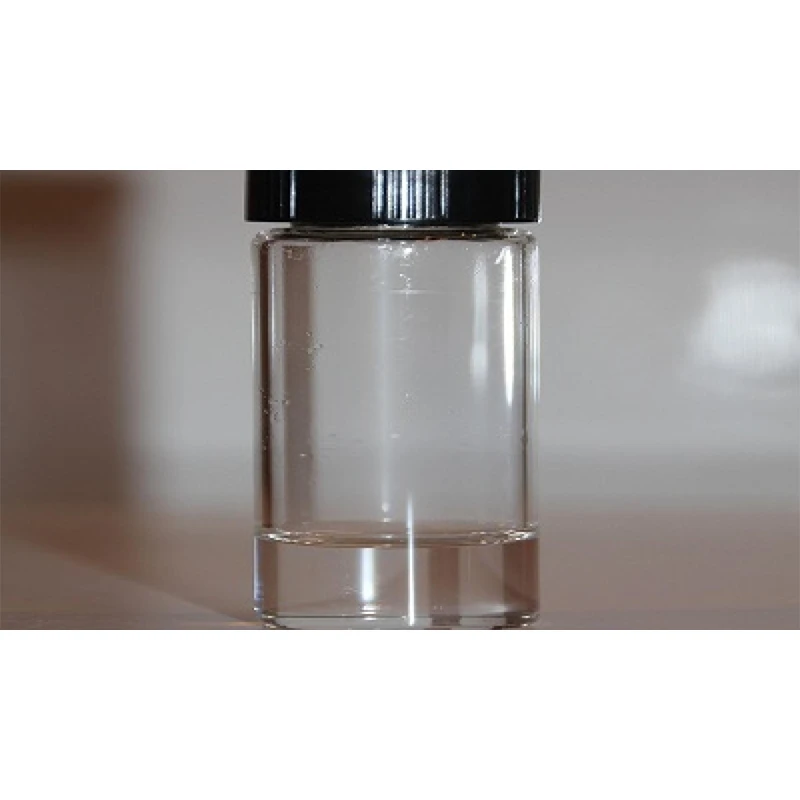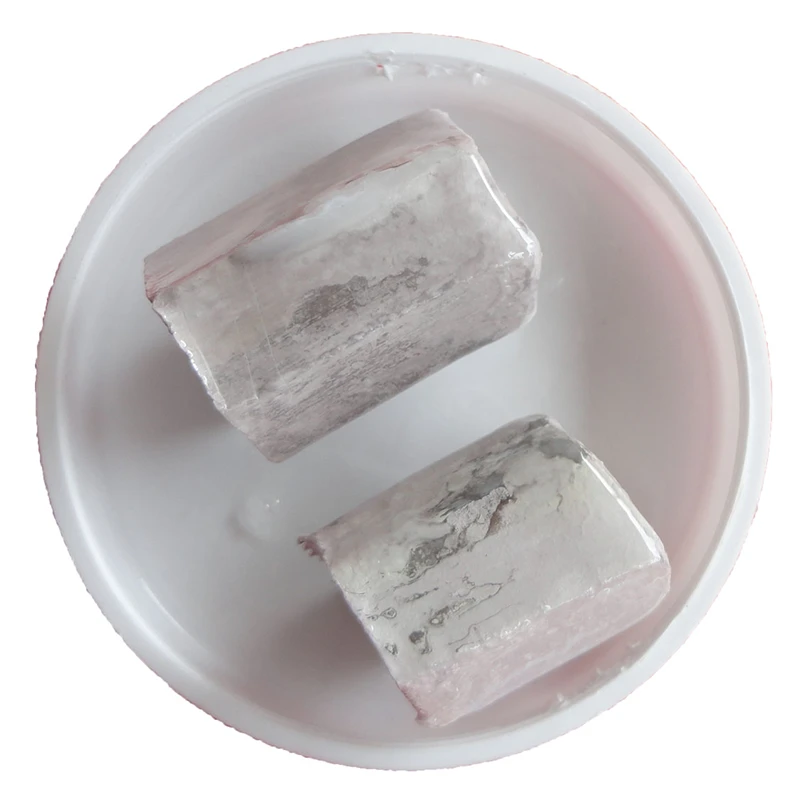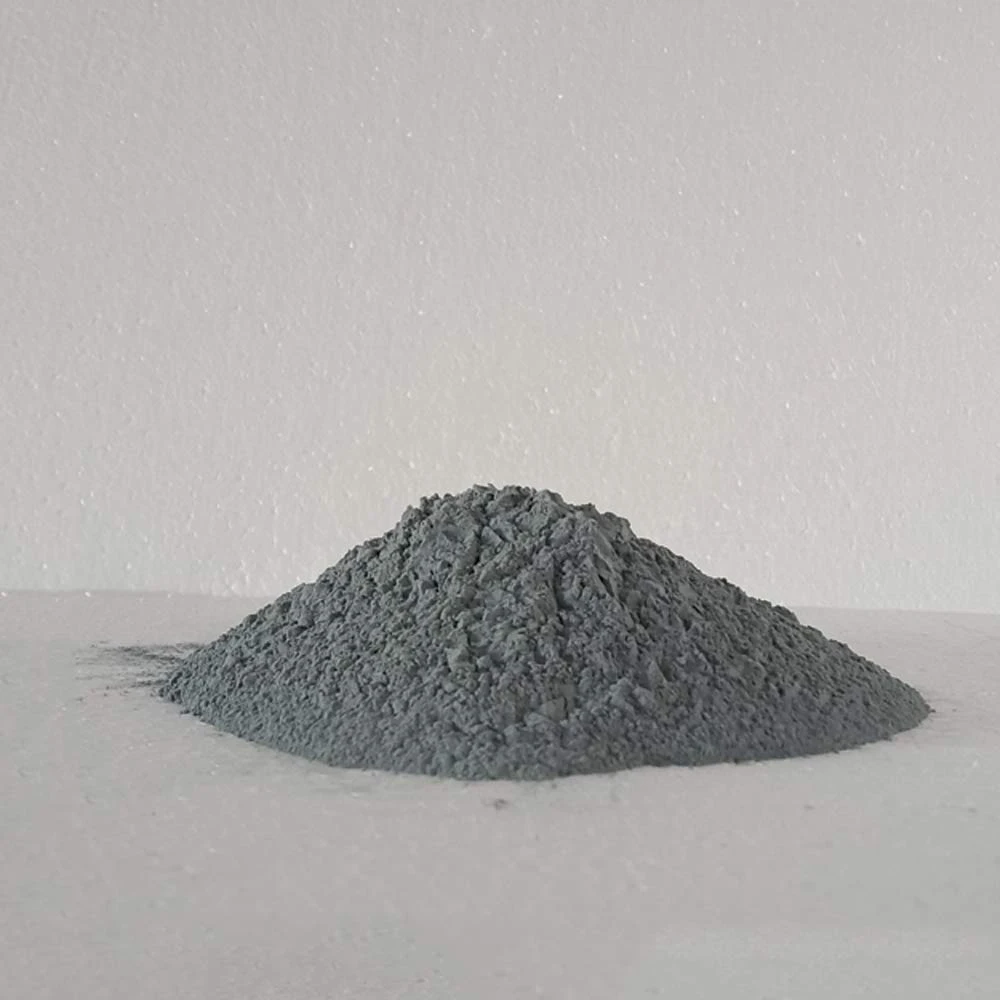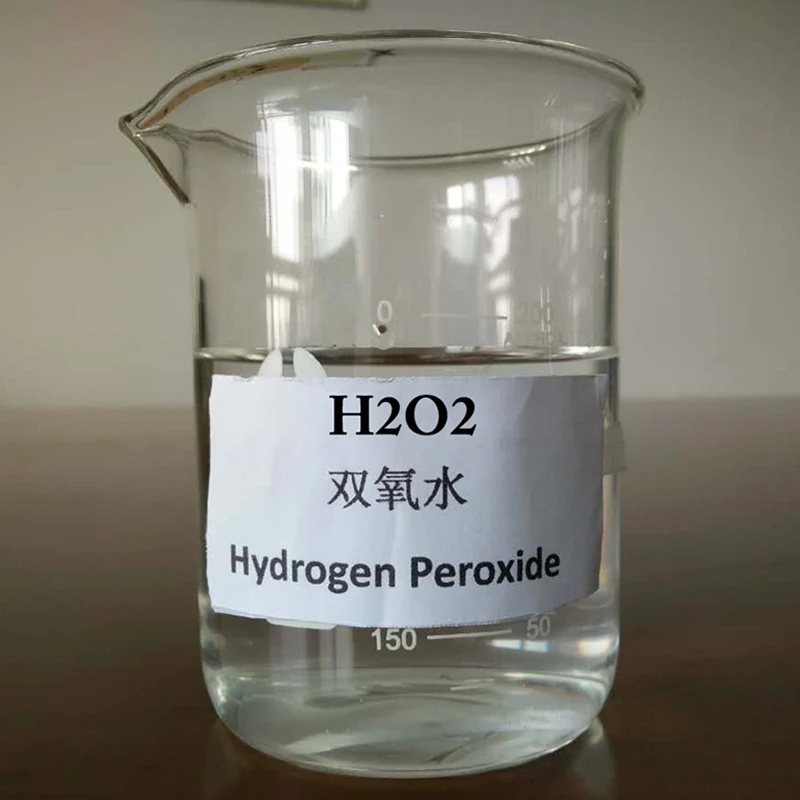


Imidacloprid Insecticida: A Highly Effective Insecticide Targeting the Insect Nervous System
In the field of agricultural pest control, Imidacloprid Insecticida, as a widely used insecticide, has become an important choice for dealing with various pests due to its unique mechanism of action and significant control effects. It demonstrates powerful insecticidal ability through precise interference with the insect nervous system, while also demonstrating many advantages in use.

The chemical structure of Imidacloprid Insecticida endows it with special biological activity
Granular imidacloprid belongs to the class of nicotine insecticides, with a molecular structure similar to nicotine, which allows it to bind to specific receptors in insects and exert its effects. This structural characteristic not only determines its efficiency against insects, but also gives it a certain degree of stability in the environment, allowing it to maintain a certain amount of efficacy on crop surfaces or soil for a certain period of time, and continue to play a preventive and therapeutic role.
The core mechanism of action of Imidacloprid Insecticida is to damage the nervous system of insects
When insects feed on crops containing imidacloprid kanggo rayap or come into contact with the drug, the drug enters the insect's body and specifically binds to nicotinic acetylcholine receptors in the nervous system. This combination can interfere with the normal transmission of neural signals, leading to symptoms such as excitement and spasms in insects, ultimately resulting in death due to neurological dysfunction. This mechanism of action is highly targeted, with significant insecticidal effects and minimal impact on mammals.
Imidacloprid Insecticida has a wide range of applications in agricultural production
Imidacloprid for plants can effectively control various piercing sucking mouthparts pests such as aphids, planthoppers, leafhoppers, thrips, etc. These pests feed on crop sap, leading to poor crop growth and reduced yields. Imidacloprid Insecticida can quickly control the number of pests and protect the healthy growth of crops. Whether it is food crops, cash crops, fruit trees, vegetables, etc., Imidacloprid Insectida can play a good control effect. It is applicable to a variety of crop types and flexible use methods, which can be applied through spray, seed dressing, soil treatment and other ways.
Imidacloprid Insecticida also demonstrates many practical advantages during use
The duration of effectiveness of imidacloprid for trees is relatively long, and it can continue to work for a period of time after a single application, reducing the number of pesticide applications and lowering labor costs. At the same time, its usage is relatively small, which can achieve good prevention and control effects while reducing the burden on the environment. In addition, Imidacloprid Insecticida has good compatibility with other insecticides, and can be reasonably combined according to the actual pest situation to improve the comprehensive control effect.
In summary, Imidacloprid Insecticida, as an efficient insecticide, plays an important role in agricultural pest control due to its unique mechanism of action, wide range of applications, and significant practical advantages. It achieves efficient pest control by precisely damaging the insect nervous system, providing strong support for ensuring crop yield and quality, and is an indispensable and important pesticide in agricultural production.
Imidacloprid Insecticida FAQs
What is the mechanism of action of Imidacloprid Insecticida?
Imidacloprid Insecticida is a new nicotine insecticide that exerts insecticidal effects by acting on the nervous system of insects. Its active ingredients can bind to nicotinic acetylcholine receptors in the postsynaptic membrane of insect neurons, continuously activating neural channels and causing disturbances in neural signal transmission. This excessive stimulation can cause paralysis of the insect nervous system, ultimately leading to its death. This medicine has the characteristic of internal absorption and transmission, which can be absorbed by plants and distributed in the body. It has excellent control effects on piercing sucking mouthparts pests such as aphids and planthoppers.
Which types of pests is Imidacloprid Insecticida most effective against?
Imidacloprid Insectica is particularly suitable for controlling piercing sucking mouthparts pests, including but not limited to common agricultural pests such as aphids, whiteflies, leafhoppers, thrips, etc. It also has a significant effect on some pests of the Coleoptera order, such as the rice weevil. Due to its dual effects of internal absorption and contact killing, the pesticide can be absorbed by plant leaves or roots and transmitted to various parts, causing pests that feed on the sap to quickly become poisoned. In addition, Imidacloprid Insecticida is commonly used for seed treatment to form a protective barrier during the early stages of crop growth.
What environmental risks should be noted when using Imidacloprid Insecticida?
Although Imidacloprid Insecticida has high insecticidal efficiency, its potential harm to pollinating insects, especially bees, needs to be highly valued. Medications may be ingested by bees through pollen or nectar, thereby affecting the nervous system of the bee colony. It is recommended to avoid applying pesticides during the flowering period of crops and use them in the early morning or evening when bee activity is weak. In addition, Imidacloprid Insecticida residues in water bodies may be toxic to aquatic invertebrates, so it should be prevented from flowing into ponds or rivers. Reasonable rotation of insecticides with different mechanisms of action can delay the development of drug resistance.
How to determine the safe interval of Imidacloprid Insecticida on crops?
There are differences in the metabolic rate of Imidacloprid Insecticida among different crops, and the safe interval is usually 7-21 days. For example, it is recommended to interval 7-10 days for leafy vegetables, 14 days or more for fruit and vegetable crops, and 21 days for cereal crops such as rice. Strictly adhering to the dosage and frequency of medication indicated on the label is crucial, as excessive use may lead to excessive residues in agricultural products. Farmers should scientifically plan the timing of pesticide application based on local regulations and crop growth cycles to ensure the quality and safety of agricultural products.
How to identify pest symptoms of Imidacloprid Insecticida poisoning?
Pests affected by Imidacloprid Insecticida exhibit typical neurotoxic features: initial excitatory tremors, inability to extend and retract the mouth, followed by loss of motor coordination and involuntary twitching of limbs. Stinger sucking pests will detach from their feeding sites and eventually die from paralysis due to nerve conduction blockage. These symptoms usually manifest within a few hours after pests come into contact with pesticides, reaching a peak of death within 24-48 hours. Observing these typical symptoms can help determine the field effectiveness of the medication.
-
Sodium Chlorate: A multifunctional chemical product with chlorine dioxide preparation as its coreKabarAug.15,2025
-
Potassium Permanganate: An Efficient Oxidant in Laboratories and IndustriesKabarAug.15,2025
-
Imidacloprid Insecticide: A Model of Highly Effective Systemic InsecticidesKabarAug.15,2025
-
Dmso Dimethyl Sulfoside: A Multi functional Assistant in Chemical SynthesisKabarAug.15,2025
-
3 5 Dichlorobenzoyl Chloride: a key intermediate in drug synthesisKabarAug.15,2025
-
Zinc Chloride: a reliable stabilizer for ice dye color salts in the dye industryKabarAug.11,2025
-
Propargyl Alcohol: A Multifunctional Chemical Additive in the Industrial FieldKabarAug.11,2025


















